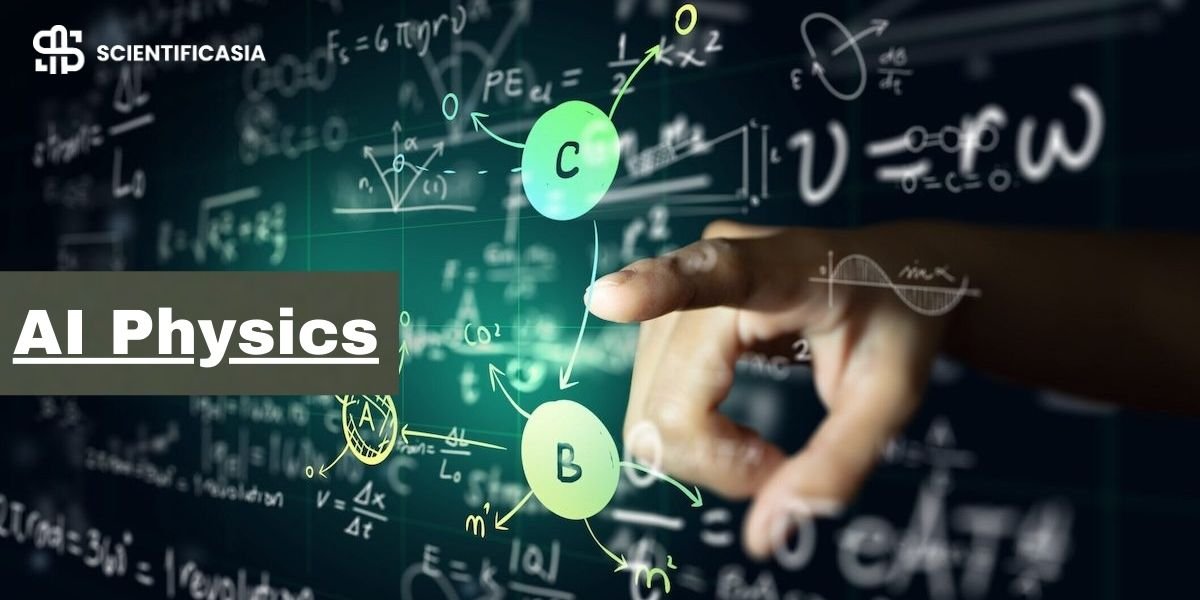For much of the 20th and early 21st centuries, physics-based simulations served as the cornerstone of scientific research and engineering innovation. Methods rooted in analytical mathematics—such as finite element analysis, computational fluid dynamics, and molecular dynamics—have provided insights into everything from turbulence in fluid flows to atomic-scale interactions. However, these traditional approaches are reaching their computational and conceptual limits, particularly in high-dimensional or poorly understood systems.
The advent of machine learning (ML) and its integration into physical modeling—referred to as AI physics—has initiated a paradigm shift in the way we simulate, understand, and design complex systems. By leveraging data-driven learning, neural networks, and advanced optimization techniques, researchers are no longer constrained by explicit formulations of physical laws. Instead, AI physics offers new tools for real-time simulation, predictive modeling, and generative design—many of which are already beginning to reshape scientific and industrial practices.
1. Traditional Physics Simulations: Power and Limitations
Classical physics simulations rely on deterministic solutions to differential equations that describe the governing principles of nature. Solving these equations usually demands discretization techniques and iterative solvers, which often require significant computational resources and expert-defined boundary conditions.
While powerful, these approaches have significant limitations. High-fidelity models can be computationally intractable for real-time or large-scale problems. Additionally, many natural systems exhibit emergent behaviors that are not easily reduced to simple equations. As noted by physicist and AI expert Max Tegmark, “As we train machines to learn patterns in nature directly from data, we begin to bypass the constraints of reductionist modeling.”
Furthermore, certain phenomena—especially in domains like quantum mechanics, turbulence, or climate dynamics—lack fully characterized governing equations. In such contexts, ML methods offer a compelling complement to traditional models.
2. The Emergence of Machine Learning in Physical Modeling
Machine learning introduces a data-centric modeling framework that can infer patterns, structures, and mappings without pre-defined equations. As Karniadakis et al. (2021) outline in Nature Reviews Physics, this field has rapidly matured into a research frontier, where “physics-informed neural networks” (PINNs) and other hybrid models combine first-principles laws with empirical data to improve predictive accuracy and interpretability.
Neural networks are particularly effective at approximating nonlinear functions and learning from high-dimensional datasets. For example, convolutional neural networks (CNNs) have been used to learn fluid flow characteristics from simulation outputs, while reinforcement learning (RL) approaches have found application in control problems where traditional optimization struggles.
| “The incorporation of AI into physical sciences is not simply an enhancement—it represents a fundamental rethinking of how we model and simulate the world,” notes Dr. Anima Anandkumar, director of machine learning research at NVIDIA and professor at Caltech. |
3. Accelerated and Enhanced Simulations
One of the most significant contributions of ML in physics is the development of surrogate models—algorithms that emulate expensive simulations with orders-of-magnitude reductions in computational cost. These models are particularly effective in domains where multiple iterations of simulation are required, such as optimization, uncertainty quantification, or real-time decision-making.
In computational fluid dynamics, for instance, Ling et al. (2016) demonstrated how deep neural networks could learn Reynolds stress tensors, traditionally calculated from the Navier-Stokes equations. The result was a model that not only maintained physical realism but also improved performance on previously unseen flow conditions.
Similarly, in quantum physics, ML algorithms have approximated wavefunctions and predicted ground-state energies without solving the Schrödinger equation directly. A 2019 paper in Science showed how neural quantum states could outperform conventional variational methods in specific cases.
The scalability of these methods is equally transformative. With appropriate training data, AI models generalize across system configurations and initial conditions, dramatically improving the efficiency and coverage of simulation frameworks.
4. Redefining Engineering Design Through Generative AI
Beyond simulation, AI physics is reshaping the design process itself. Generative design, enabled by machine learning and evolutionary algorithms, allows for the exploration of vast design spaces with multiple constraints and objectives.
Instead of relying solely on human intuition, AI-guided tools can autonomously generate thousands of potential solutions, each optimized for factors like structural integrity, energy efficiency, or material cost. As noted by MIT Technology Review, “AI-driven design workflows are now able to explore configurations no human would consider—yet that outperform traditional components.”
This approach has resulted in lightweight components that meet or exceed safety standards in aerospace. In architecture, it informs building geometries adapted to specific environmental conditions. These advancements not only enhance functional performance but also reduce the time to market by shortening development cycles.
Moreover, sensitivity analysis and parametric optimization—traditionally time-consuming tasks—can now be automated using ML, enabling more rigorous exploration of design trade-offs.
5. Challenges and the Path Ahead
Despite its promise, the integration of AI into physics modeling is not without limitations. Interpretability remains a pressing concern, especially in scientific applications where black-box models are insufficient. To address this, researchers are advancing hybrid models that embed known physical constraints into ML architectures, improving both transparency and trustworthiness.
Additionally, large-scale training data can be difficult to obtain, particularly in experimental physics. To mitigate this issue, transfer learning, data augmentation, and synthetic datasets are being explored.
Ethical considerations—especially around the use of AI in high-stakes engineering decisions—also require careful oversight. As ML becomes embedded in critical infrastructure, its validation and verification must be as rigorous as traditional engineering tools.
Nonetheless, the trajectory of AI physics suggests a lasting transformation. As DeepMind’s AlphaFold demonstrated with protein folding, machine learning can crack problems that have resisted classical approaches for decades.
| As physicist and Nobel laureate Frank Wilczek aptly remarked, “The tools of thought are changing. Machine learning offers not only new answers, but new questions.” |
Conclusion
AI physics marks a turning point in the relationship between data, computation, and physical law. By augmenting and, in some cases, superseding traditional simulation techniques, machine learning allows researchers to build faster, more adaptive, and potentially more insightful models of complex phenomena. From real-time fluid dynamics to automated materials discovery and generative design, the applications are broad and impactful.
As this field matures, the integration of interpretability, physical priors, and ethical safeguards will be crucial. Nonetheless, the fusion of physics and machine intelligence is poised to redefine scientific modeling for the 21st century—and with it, the very way we explore and engineer the world.
References:
- Karniadakis, G. E., Kevrekidis, I. G., Lu, L., Perdikaris, P., Wang, S., & Yang, L. (2021). Physics-informed machine learning. Nature Reviews Physics, 3(6), 422–440.
- Ling, J., Kurzawski, A., & Templeton, J. (2016). Reynolds averaged turbulence modelling using deep neural networks with embedded invariance. Journal of Fluid Mechanics, 807, 155–166.
- Jumper, J. et al. (2021). Highly accurate protein structure prediction with AlphaFold. Nature, 596(7873), 583–589.
- “AI in design: pushing past the human imagination.” MIT Technology Review. Retrieved from https://www.technologyreview.com/
















